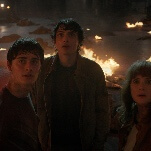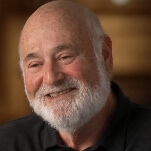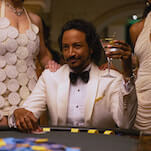The world of Mad Max keeps ending and its characters keep driving towards salvation
The cyclical movies make up the perfect perpetual-motion blockbuster series
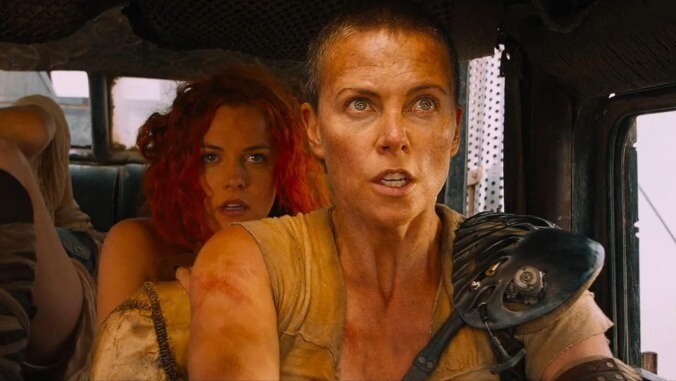
With Run The Series, The A.V. Club examines film franchises, studying how they change and evolve with each new installment.
Twice now, George Miller has made the car-chase movie to end all car-chase movies. He’s also made the car-chase scene to end all car-chase scenes at least four or five times, depending on how many scenes from the aforementioned movies can be separated out and clearly delineated. Car-chase movies and car-chase scenes nonetheless refuse to actually end, of course. Even Miller can’t let them go; his new movie Furiosa: A Mad Max Saga, the fifth film and first prequel in the Mad Max series, as well as the first one not to actually include Max Rockatansky in a leading role, has an all-timer vehicular set piece dropped into the middle of it, long after the movie has established that it will not function as a non-stop chase and battle royale like its predecessor Mad Max: Fury Road. In fact, much of Furiosa is slower, plottier, and more deliberate than Fury Road. Yet as easy as it would be to make a whole movie in Miller’s wild world that doesn’t revolve around revving engines—countless characters, environments, and situations from these movies feel like prompts for the imagination—the characters are drawn back into their vehicles anyway. It’s a series hallmark that also feels like an organic compulsion. The future simply can’t help itself.
If the Planet Of The Apes series, past and present, continuously circles an apocalypse, only occasionally resorting to setting it off, the Mad Max series blurs and extends the line between apocalypse and post-apocalypse, where the victims of social collapse never really have the chance to reset and rebuild a new status quo. Whenever characters make it out to a better corner of the world, as implied by the endings of the second and third movies in particular, we get only a glimpse or a few lines of narration before the next movie goes back to the wasteland—because even in a hellscape, there’s still space for the world to get incrementally worse. When I first saw the original Mad Max (1979), especially having already seen its sequel, I would have pegged it as a mid-apocalypse movie, capturing the details of society on the brink of crumbling. Now, with the fullness of five movies (and another decade of real-world events), I’m not so sure.
No, things in Mad Max aren’t quite as disorderly as they’ve fallen by the time of Mad Max 2 (1981), released in the United States as The Road Warrior the following year. The clothes are somewhat less outlandish, and the roving criminal gangs seem, if not more reasonable, slightly more restrained in their goals and ambitions, in life and in attire. But society as depicted here (after American audiences play a brief game of “apocalyptic madness or Australian quirk?”) truly feels unmoored from the jump, with little semblance of genuine, recognizable authority even if everyone hasn’t yet been reduced to wasteland-dwelling desperation. Has the apocalypse really not happened, or has it just not yet reached everyone equally?
These conditions even weirdly justify some of the first movie’s bagginess, where in between breakneck opening and closing sequences, Max kind of dithers around about whether or not he’s too burned out to stay with the Main Force Patrol (who are also outfitted in leather gear, as if pre-capitulating to the coming apocalypse, or rebooting their own costumes like a superhero trying to stay relevant). It’s as if he’s killing time until the tragic deaths of his wife and infant child that will push him over the edge, a catalyzing force for him getting with the apocalyptic program, without him realizing how inevitable that all is. (Who among us, etc.) It’s in The Road Warrior that another character disdainfully describes Max as “living off the corpse of the old world,” but that seems truer, and more tragic, in the first film, before it’s occurred to anyone.
From The Road Warrior on, the series becomes more iterative. Chronologically speaking, each entry shows the future getting progressively worse; narratively, none of the movies particularly require each other to make sense. The Road Warrior opens with the most explicit of the series’ periodic state-of-the-world sum-ups—war led to a fuel shortage which has led to collapse—and from there, little more detail about the before times emerges throughout subsequent movies. Instead, we learn more about the apocalyptic now, or, in Furiosa, some recent history that may be world-altering or intensely local, depending on how much of the rest of the world remains. In any event, it all blends together; who can say when the later movies are set in relation to the first three? It would be easy enough to say that Furiosa (which takes place over many years) bridges the gap between Mad Max Beyond Thunderdome (1985) and Mad Max: Fury Road (2015) but based on Max’s apparent age in Fury Road, Thunderdome probably isn’t set a full 15 years earlier than the fourth film.
Or maybe time passes differently in the wasteland, allowing characters and actors from the series to disappear and reappear at will. Even aside from Mel Gibson being understandably recast (for reasons both timeline-logistical and real-world practical) in Fury Road, the series has its odd echoes and recurrences that aren’t strict sequel stuff.
In The Road Warrior, Bruce Spence plays a gyroscope pilot who becomes the leader of a post-apocalyptic tribe; in Thunderdome, he returns as a similar-but-different pilot who steals Max’s car before eventually flying a group of adorable moppets to freedom. On its own, maybe this could be chalked up to Thunderdome rehashing some material from Road Warrior, but for the most part, it goes off in a number of new directions—and moreover, the dreamlike recasting becomes more of a motif with Fury Road, which introduces a decidedly different Max while repurposing Hugh Keays-Byrne, who played the villainous Toecutter in Mad Max, to embody the more outsized water-and-gas-dealing despot Immortan Joe. Tom Hardy’s Max seems more haunted than the Gibson version from the end of the previous film, and his low, grumbling voice (possibly dubbed over?) feels, at times, disembodied from his scrambling physicality. Several major figures from Fury Road are then recast in Furiosa, with Anya Taylor-Joy playing a younger version of the title character and Lachy Hulme as Immortan Joe. (Keays-Byrne died before Furiosa was made, but the recasting fits Miller’s aesthetic regardless.)
In this context, all those ostentatious character names—Toecutter, Furiosa, The Doof Warrior, Aunty Entity, Lord Humungus, Piss Boy, Dementus, and so on —don’t feel like mere flights of dark whimsy. Everyone in the wasteland is a metaphorical self-made man by necessity, and sometimes that involves strategic rebranding, even if it also means embracing something grotesque about yourself. Just look at the man literally branded Pig Killer (Robert Grubb) in Mad Max Beyond Thunderdome: It’s supposed to be a brand of shame, explaining why he’s been confined to a lifetime of shoveling shit after killing a pig whose, ah, output fuels the overcrowded, dusty, but (by Mad Max standards) relatively stable Bartertown. But by the time Max meets him, Pig Killer takes his new moniker as a point of pride: He killed the pig to feed his family, so fuck it, he’s Pig Killer.

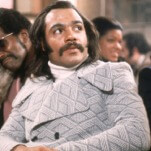

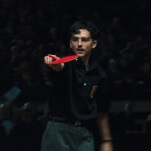
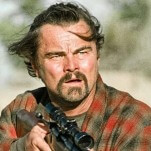


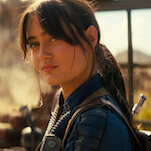


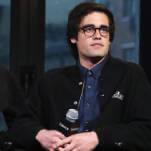




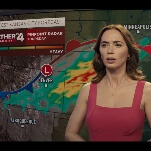

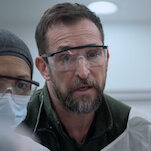

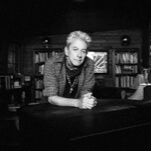
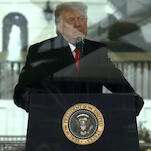


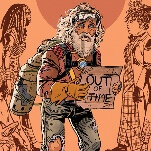


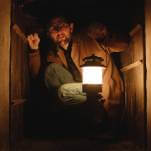





![Rob Reiner's son booked for murder amid homicide investigation [Updated]](https://img.pastemagazine.com/wp-content/avuploads/2025/12/15131025/MixCollage-15-Dec-2025-01-10-PM-9121.jpg)

